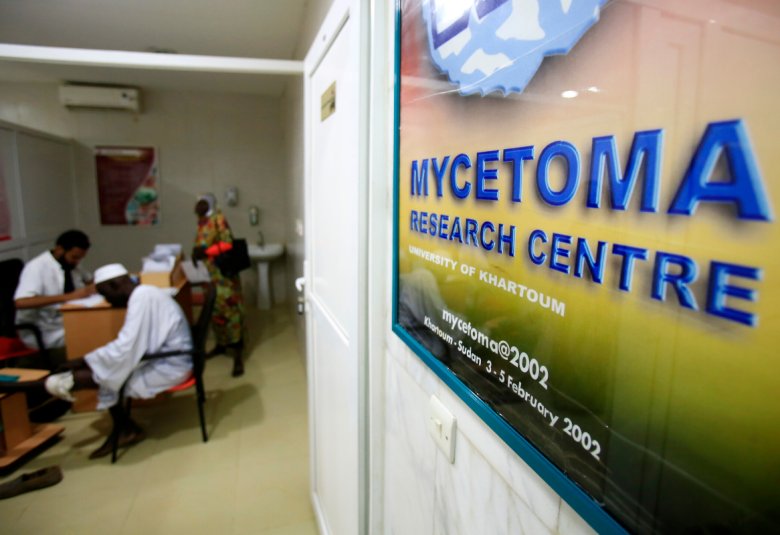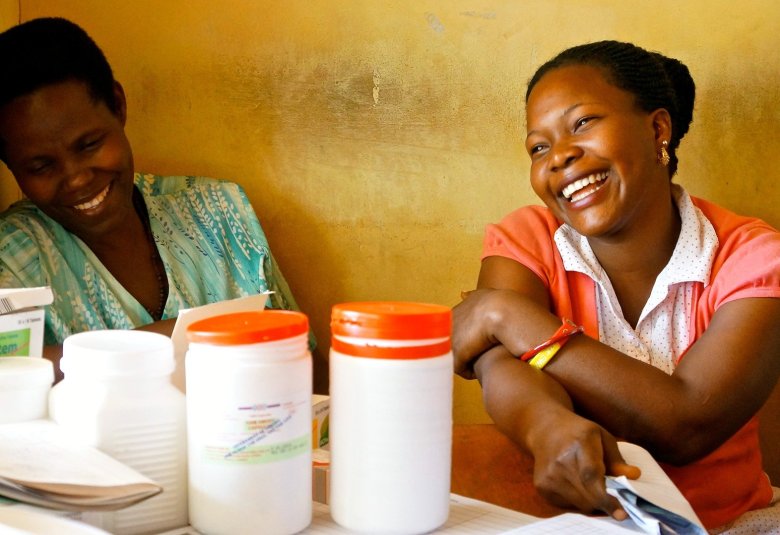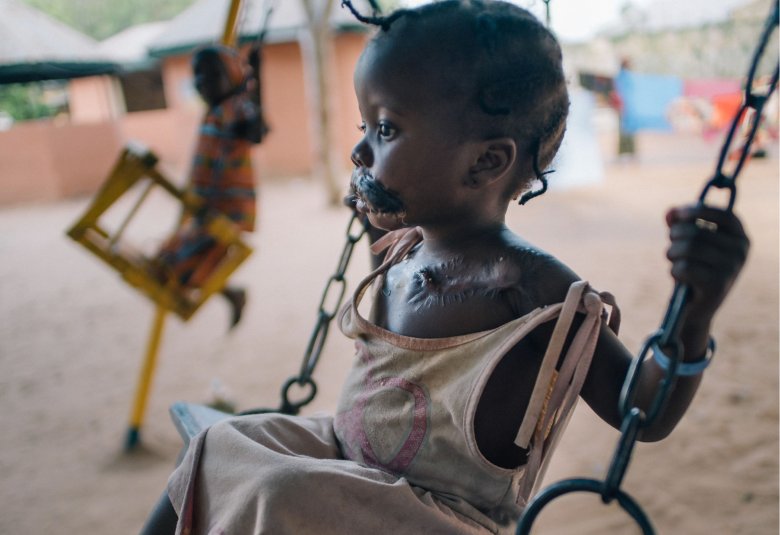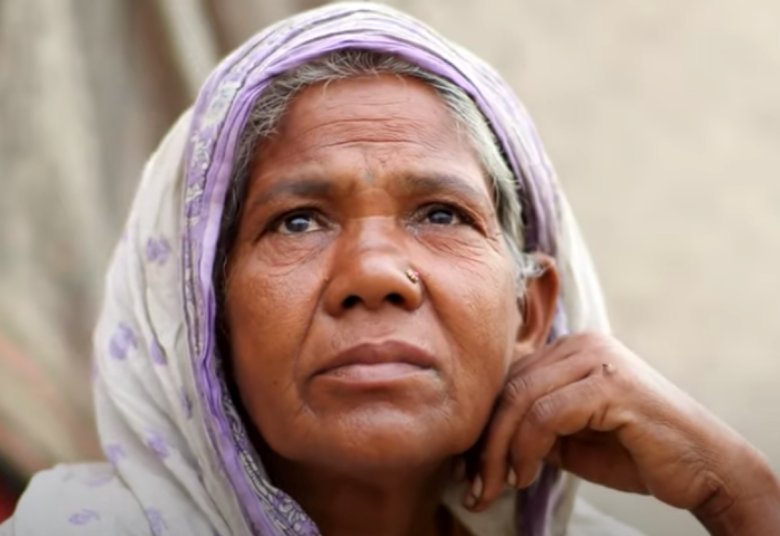Palliative care for the geriatric patient

May 2019 found me bracing myself in the back of the Hospice Africa Uganda minibus as we lurched up and down over rocks which studded the narrow dirt path. Along with two other visiting doctors, I was accompanying Josephine, a Ugandan hospice nurse with thirty years’ experience, on her home visits. We had been driving for several hours - though we hadn’t left Kampala - as the sun bore down through the tin roof to meet the heat rising from the engine rumbling beneath our feet. Red dust and thick air drifted through the open windows in place of air conditioning as we finally reached our destination.
We were travelling to visit Esther - an elderly lady who had been diagnosed with metastatic cancer of the tongue some months earlier and was now being cared for at home by her family. Josephine jumped down from the minibus, firmly grasped the little crate of plastic bottles re-purposed to carry bright green morphine and led the way to the front door. With some trepidation we removed our shoes and waited to see if strangers would be welcomed into such an intimate setting. We were warmly ushered into the blissfully cool brick house. The walls were whitewashed and banana fibre mats covered parts of the floor. Large faded posters of writings from the Qur’an were carefully displayed on each wall. After much mutual kneeling and smiling with relatives with whom we shared no other common language, we were shown into Esther’s bedroom.

Esther smiled up at us from a mattress on the floor. The bed was made with layers of material of every colour and pattern imaginable, each piece unique and selected for a reason. As first-time visitors, Esther’s daughter proudly, almost reverently, showed us the equipment she used to funnel thin porridge into her mother’s NG tube. She showed us each medicine they had been given by the hospice in turn, and demonstrated how to measure out the correct dose of morphine as Jospehine murmured her approval. Esther sat quietly throughout this explanation, exuding an air of absolute trust in her daughter. We spoke with Esther a little, discussing minor adjustments to the timings and supply of medications. I remember that my overwhelming impression was of a woman content in her circumstances, who understood her prognosis and just wanted to be surrounded by her family in her last days.
Around the same time my own ninety-three year old grandfather was receiving palliative care at home back in the UK. His terminal diagnosis was not cancer but dementia and with a series of infections and a hypoactive delirium, it seemed clear that he was reaching the end of his life. The GP visited and agreed that there was little to be gained and much to be lost from a hospital admission. Instead, a mechanical bed was swiftly delivered, two new carers began appearing four times a day like clockwork and the district nurses visited with a ‘just in case box’ of subcutaneous medicines. The family gathered around Grandpa’s bed and after less than a fortnight of this care he peacefully slipped away holding my grandmother’s hand in the home which he had shared with her for over fifty years. It was, in many ways, the kind of death many people in the UK would hope for, if pushed to imagine it.

As I reflect on these two dear people, who received their end of life care in very different settings, I am more struck by the similarities than the differences. It is obvious to note the lack of medicines and government social care available to Esther and I do not deny these. However, other things were even more striking to me. The love and care of Esther’s family was echoed as I spoke with my own mother and grandmother. Esther’s contentment in being able to be at home was mirrored as my grandfather’s long expressed wish to die in his own home was honoured. The warm, supporting role of Josephine was reflected by a GP who resisted the hospital admission and set about the much harder task of arranging good care at home.
At one time in the UK, dying at home was the norm and perhaps the only option. Over time a huge shift in the place of death has occurred. In 2004, fewer than 20% of deaths in England occurred in the patient’s own home. Though this percentage has increased over time, older people are still disproportionately less likely to remain in their own home at the end of their life. In 2016, the National Office of Statistics reported that in England 33.9% of those aged 0-64 died in their own home, compared to only 16.4% of patients aged 85 or older. Older people are also more likely to experience repeated emergency hospital admissions at the end of their life. Another UK Government report examining patients who were admitted three times or more in the last three months of their lives, found that almost 70% were over 70 years old.
A report by the Cicely Saunders Institute showed that the majority of people would choose to be at home for the end of their life and that place of death was very important to most people surveyed. Though there may be many good reasons for hospital admission, recognising the negative impact of repeated admissions and of disregarding patient preference, the UK government has undertaken to implement measures to reduce these admissions. It is now recognised that there are important things lost by institutionalising death.
As discussed, the UK has seen a change in attitude towards facilitating dying at home and I consider the excellent care that my grandfather received to be a result of this. In a very different healthcare system, I recognise that Esther already received many key elements of this ‘new’ way of thinking about end of life care at home. Unfortunately, it seems that some developing countries may be set to follow through the whole circle. One paper from Trinidad and Tobago reported that, as their healthcare system developed between 1999 and 2010, deaths in hospital rose from 48.9% to 55.4% and fell in private homes. I wonder whether there may be a way to bypass the development process of moving from end of life care at home to hospital and back home. In much the same way that many developing countries have created mobile phone networks without first using landlines, could there be a way to avoid the mistakes of over-institutionalising death as palliative care emerges in these countries? Even as hospital capacity is increased and improved, could we begin with conversations about goals of care and advanced care planning, rather than assuming hospital care is superior? Josephine and her colleagues are already providing physical, spiritual and emotional care in people’s homes. This is undoubtedly largely due to necessity - many of their clients could not possibly travel the distance to hospital. However, as systems develop, those working in global health should be wary of ‘upgrading’ these grassroots movements to hospital-based ones. Despite a lack of resources, their service is valued immeasurably by so many like Esther, as it honours her wishes and supports her to die with dignity in her own home.











